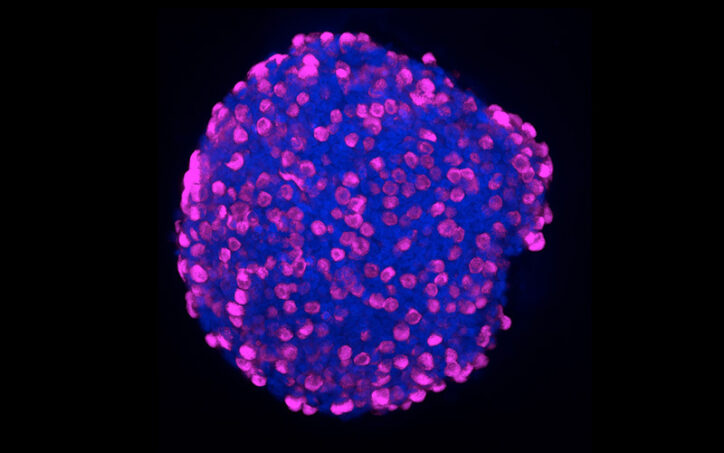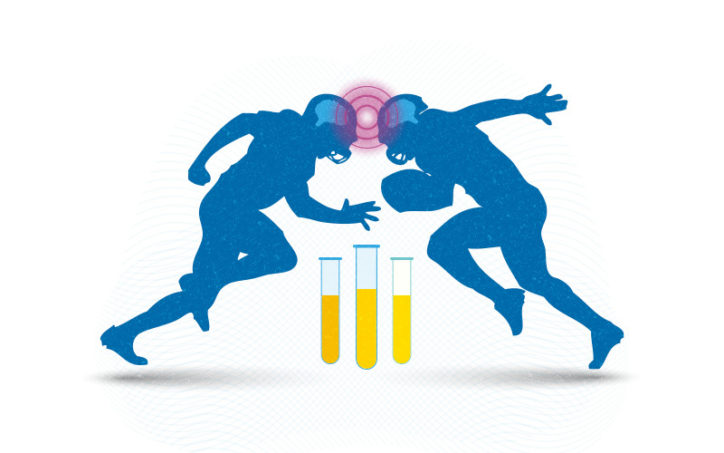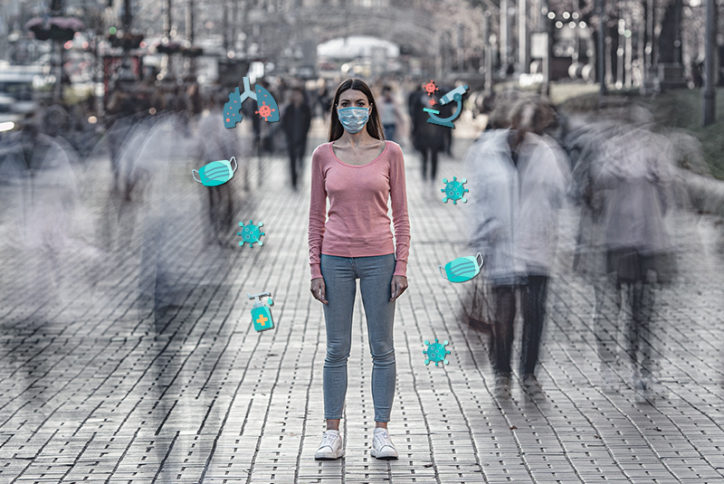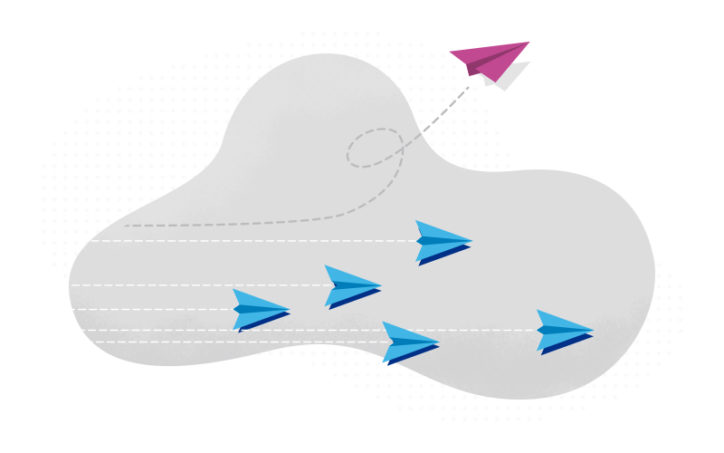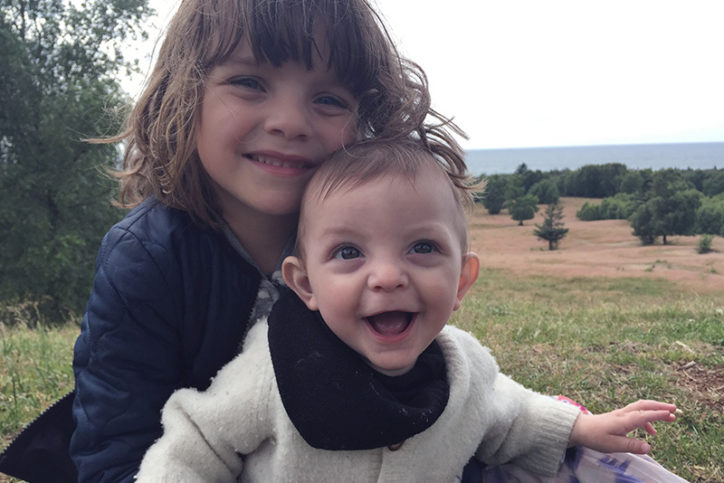Open-label placebo offers new treatment for disorders of gut-brain interaction in children
Pain-predominant disorders of gut-brain interaction (DGBIs) in children — such as functional abdominal pain (FAP) and irritable bowel syndrome (IBS) — can lead to disabling symptoms, poor quality of life, and high use of health care resources. While optimal treatment for these conditions remains elusive, we know that this patient population tends to have high ... Read More about Open-label placebo offers new treatment for disorders of gut-brain interaction in children
Can we harness intestinal cells to treat endocrine disorders?
Enteroendocrine cells punch above their weight. Comprising just about 1 percent of intestinal cells, they produce, as a group, around 15 different hormones. These not only regulate intestinal function and digestion, but also influence metabolic functions like insulin secretion and appetite regulation. A new technology platform developed at Boston Children’s could set the stage for ... Read More about Can we harness intestinal cells to treat endocrine disorders?
Can intensive early behavioral therapy help children with Down syndrome?
“It’s like learning a new language. It’s a challenge, but a good challenge,” says Kristala of the new ways she has learned to connect with her 3-year-old son, Ellison, who has Down syndrome. Her favorite part of the Joint-Attention-Symbolic-Play-Engagement-Regulation (JASPER) clinical trial program at Boston Children’s Hospital came during the “Follow His Lead” week. “I ... Read More about Can intensive early behavioral therapy help children with Down syndrome?
Rethinking the origins of cerebral palsy
Cerebral palsy (CP) has widely been viewed as the result of perinatal oxygen deprivation or other birth-related factors like prematurity. For many children, this is true. But new work from Boston Children’s finds that up to 1 in 4 have an underlying genetic condition with the potential to change the approach to their care. Findings ... Read More about Rethinking the origins of cerebral palsy
Could concussion be monitored through urine samples?
Concussion can be frustratingly hard to diagnose and track. The injury doesn’t show up on routine brain scans, and there is no definitive diagnostic test. It’s usually diagnosed based on symptoms and, in athletes, comparison with baseline testing if it was done. But concussion symptoms are non-specific, unreliable, and easily influenced by emotions. “Athletes usually ... Read More about Could concussion be monitored through urine samples?
COVID-19 vaccination in 12- to 18-year-olds: What does the science say?
With a third “booster” dose of the Pfizer/BioNTech vaccine now authorized for children age 12 and older, you may be wondering about the safety and effectiveness of COVID-19 vaccination in teens. With months of experience — and recent research — to draw from, we now have more answers. Several recent studies led or co-led by ... Read More about COVID-19 vaccination in 12- to 18-year-olds: What does the science say?
From our labs and clinics: 10 research advances in 2021
Pediatric medicine at Boston Children’s Hospital rests on a strong base of discovery science. But it can take decades for bench discoveries to be validated and replicated in humans and for treatments to be proven safe. When lab discoveries advance on the road to clinical application, it’s cause to celebrate. Here are 10 research success ... Read More about From our labs and clinics: 10 research advances in 2021
From our labs and clinics: The top 10 COVID-19 science stories of 2021
As COVID-19 waxed, waned, morphed, and waxed again this year, research was taking place throughout Boston Children’s Hospital. Ongoing national studies the hospital is leading or co-leading include Overcoming COVID-19, a CDC-funded study on COVID-19 and multisystem inflammatory syndrome in children (MIS-C); IMPACC, examining immune responses in people hospitalized with COVID-19; and MUSIC, studying MISC’s ... Read More about From our labs and clinics: The top 10 COVID-19 science stories of 2021
Emerging protein-based COVID-19 vaccines could be game-changing
Current messenger RNA vaccines appear to offer at least some protection against new SARS-CoV-2 variants, including Omicron, especially for people who have received boosters. But manufacturing costs and the need for ultra-cold refrigeration have limited availability of these vaccines in low-and middle-income countries. That’s where emerging protein-based COVID-19 vaccines — including two candidates developed at ... Read More about Emerging protein-based COVID-19 vaccines could be game-changing
Solving neurodevelopmental mysteries, one gene, one child at a time
Suheil Day was born early, at 37 weeks. Aside from a slight head lag and mild muscle weakness, nothing seemed terribly amiss. But as the months progressed, he began having seizures. “At the age of 4 to 5 months, he started waking up screaming and crying excessively, his eyes rolling up into his head,” says ... Read More about Solving neurodevelopmental mysteries, one gene, one child at a time



